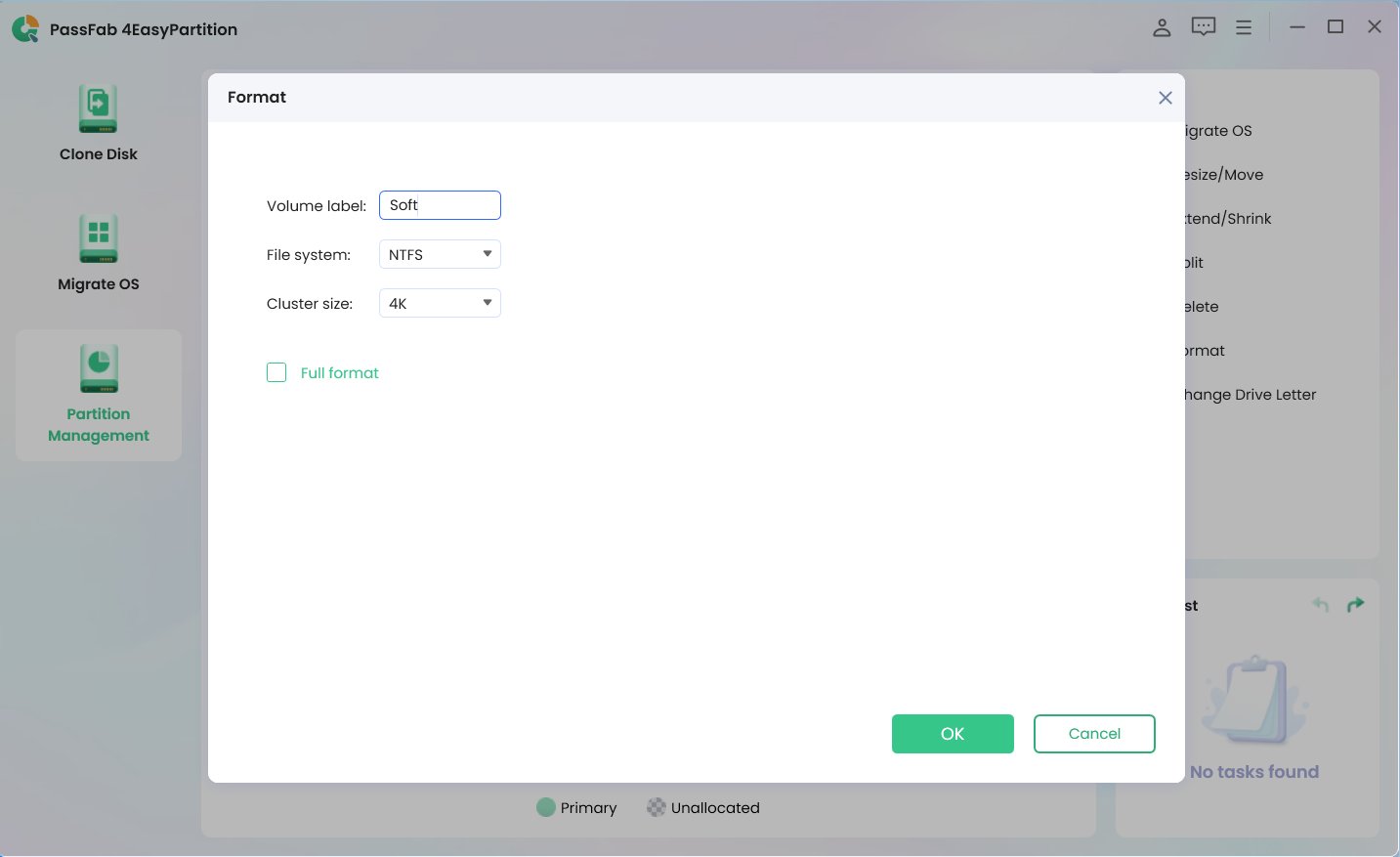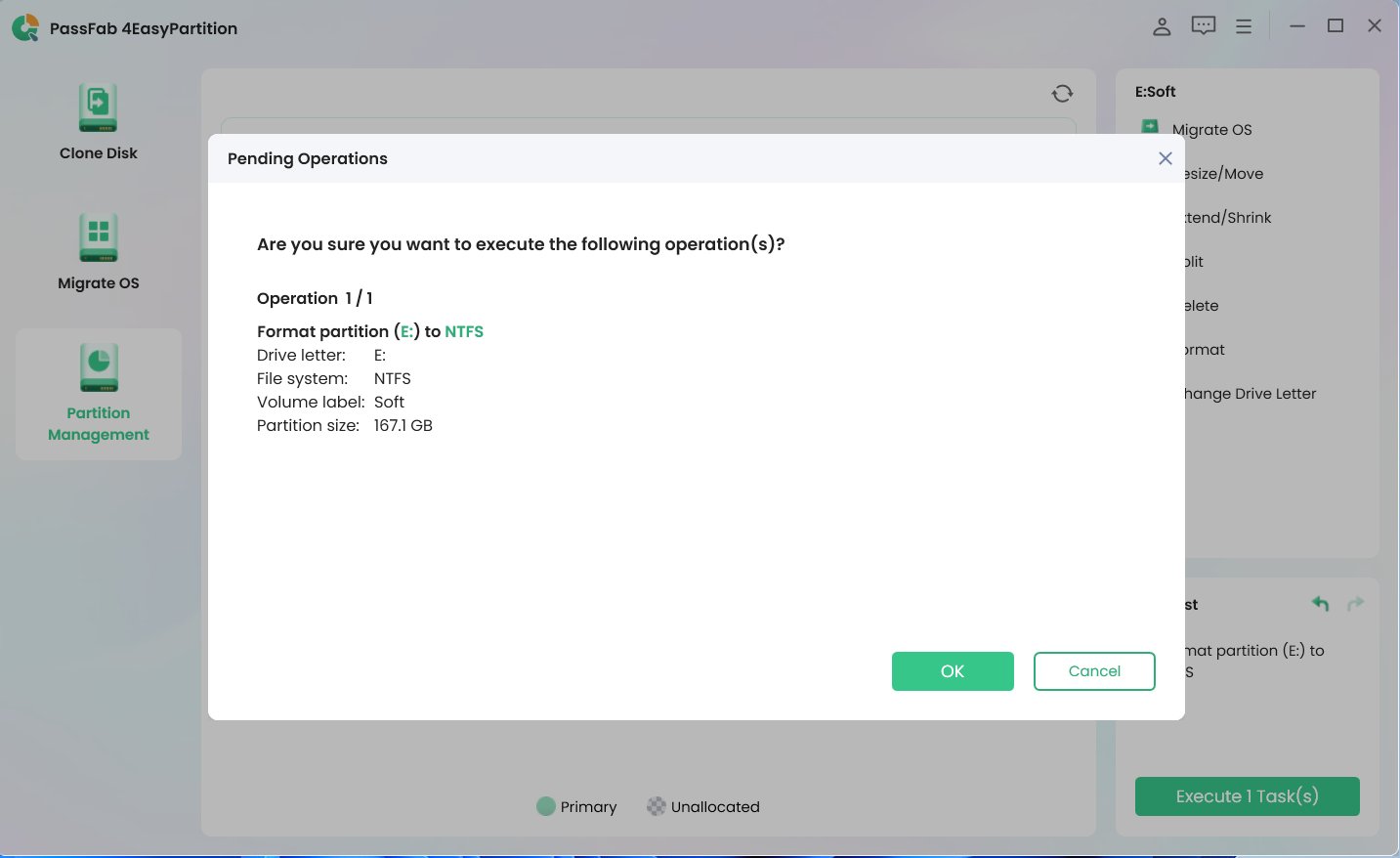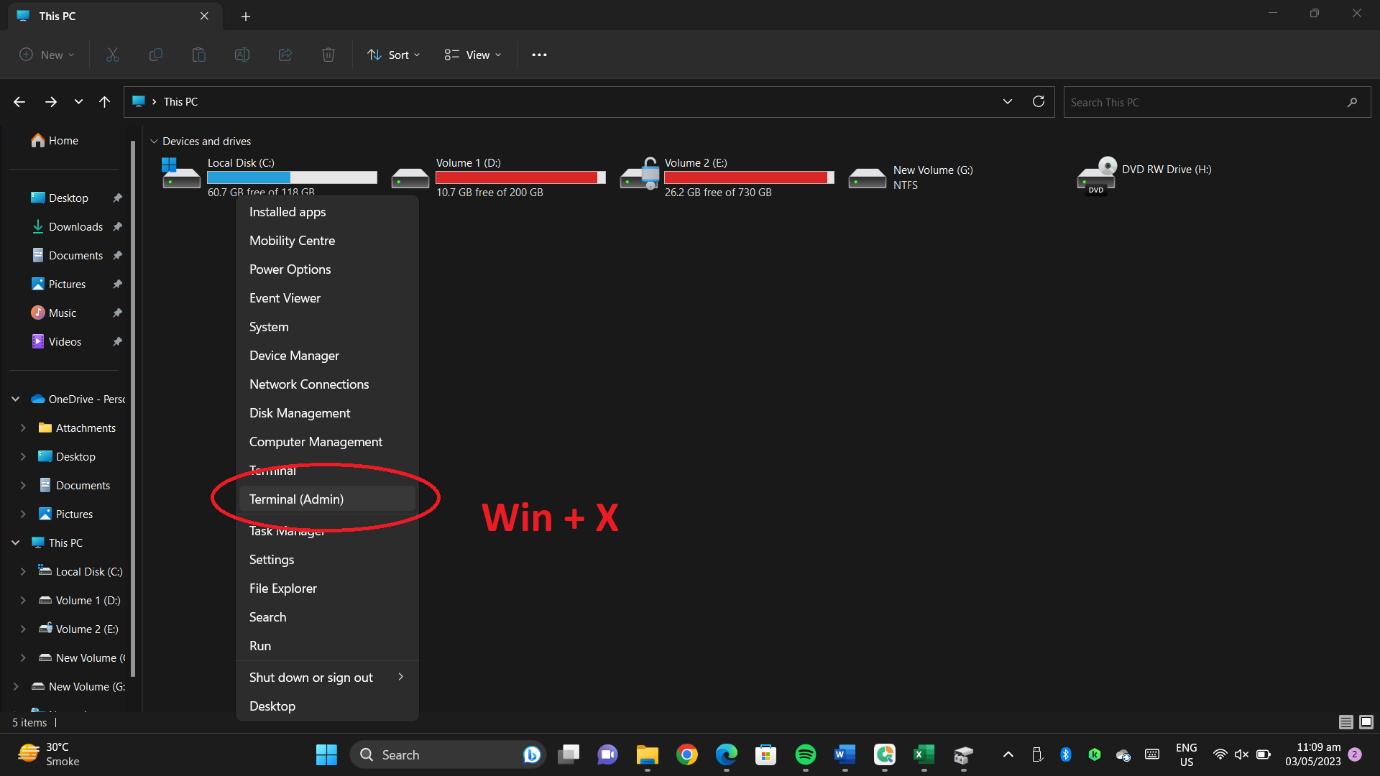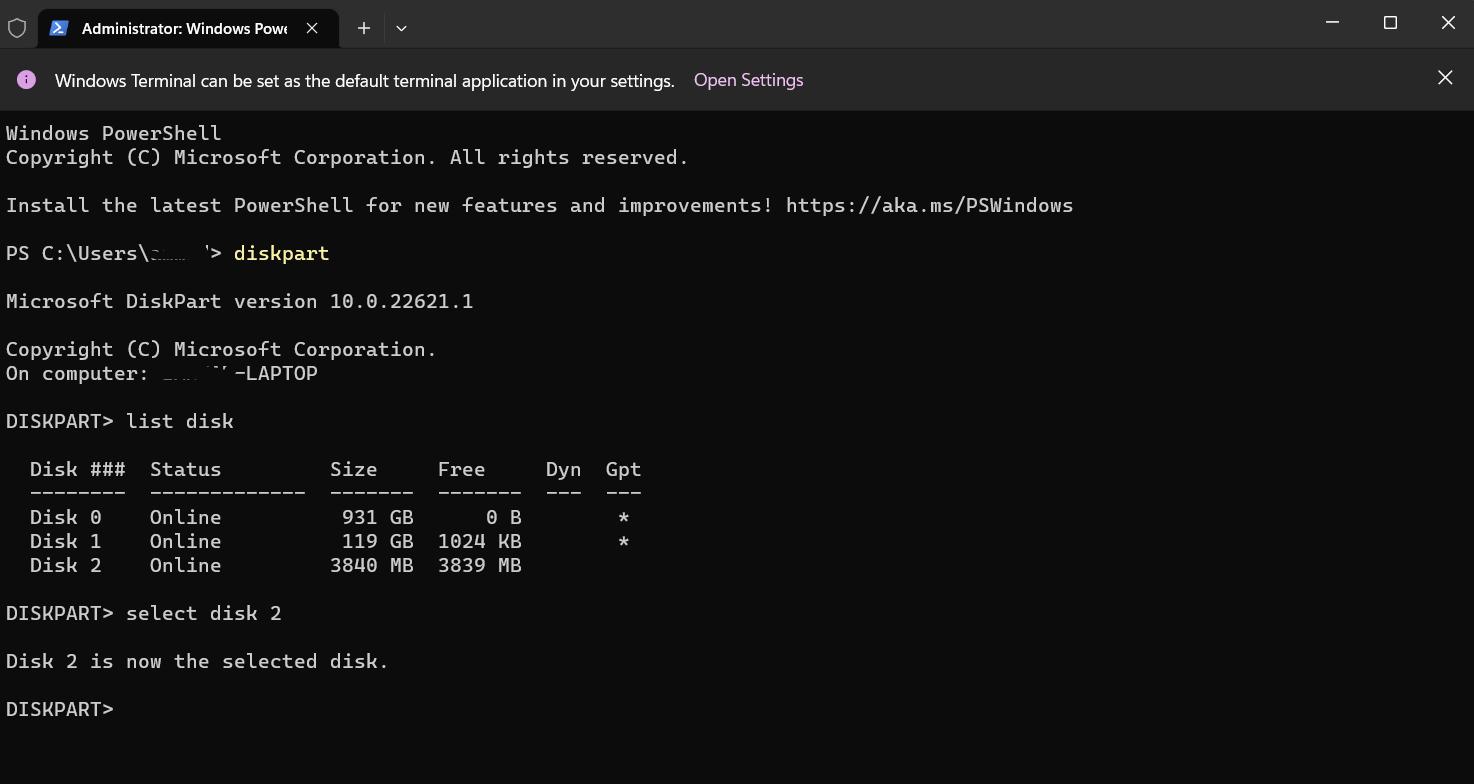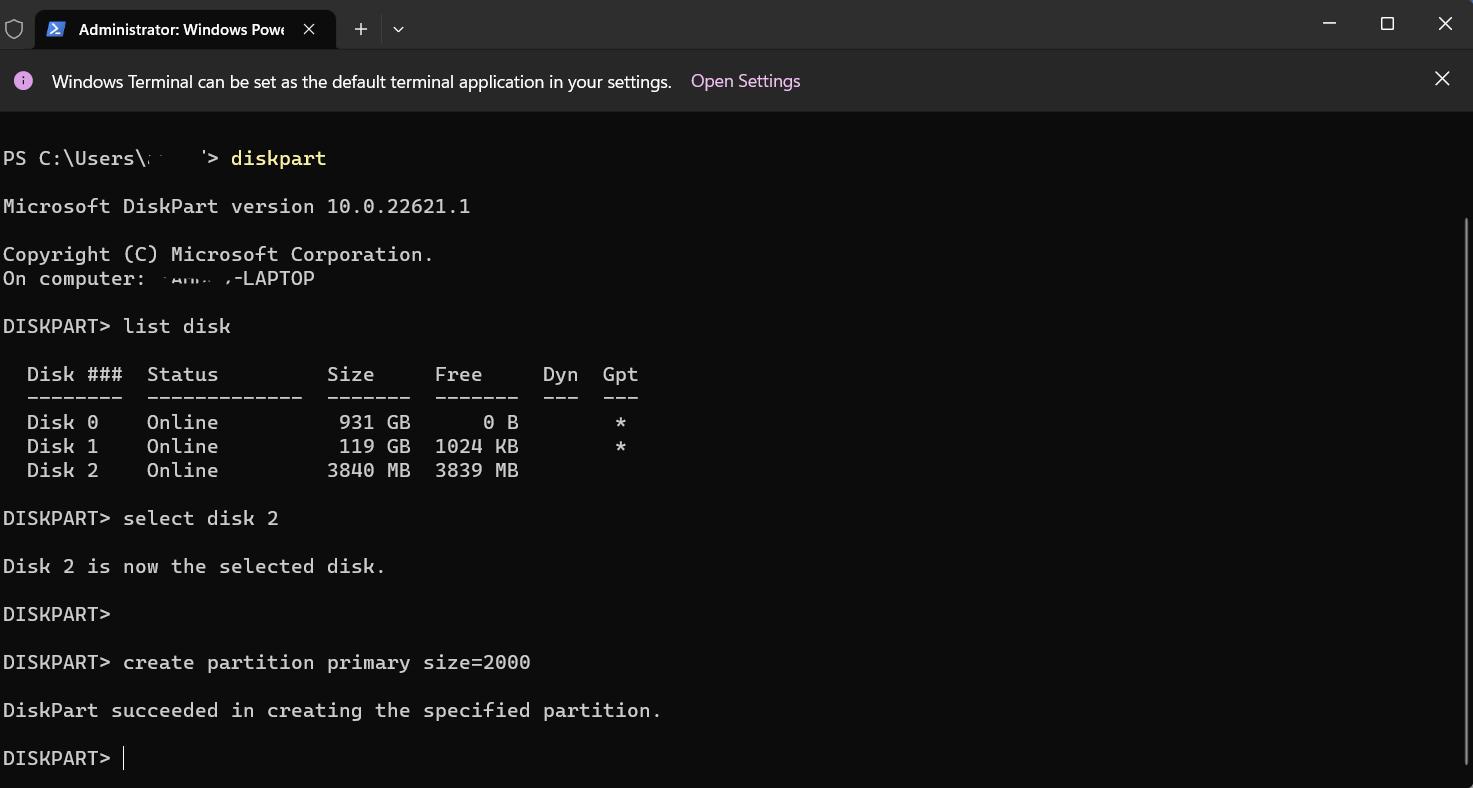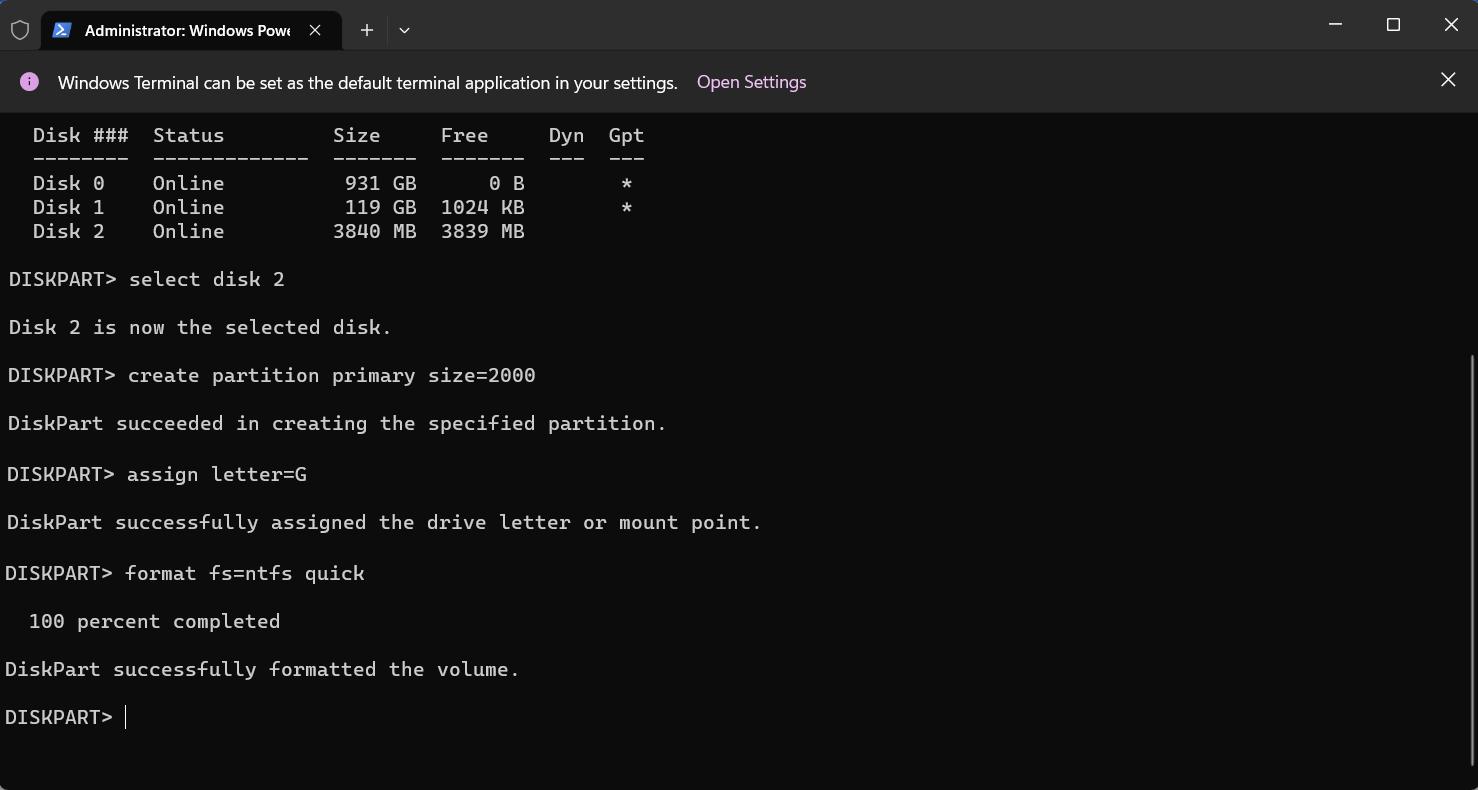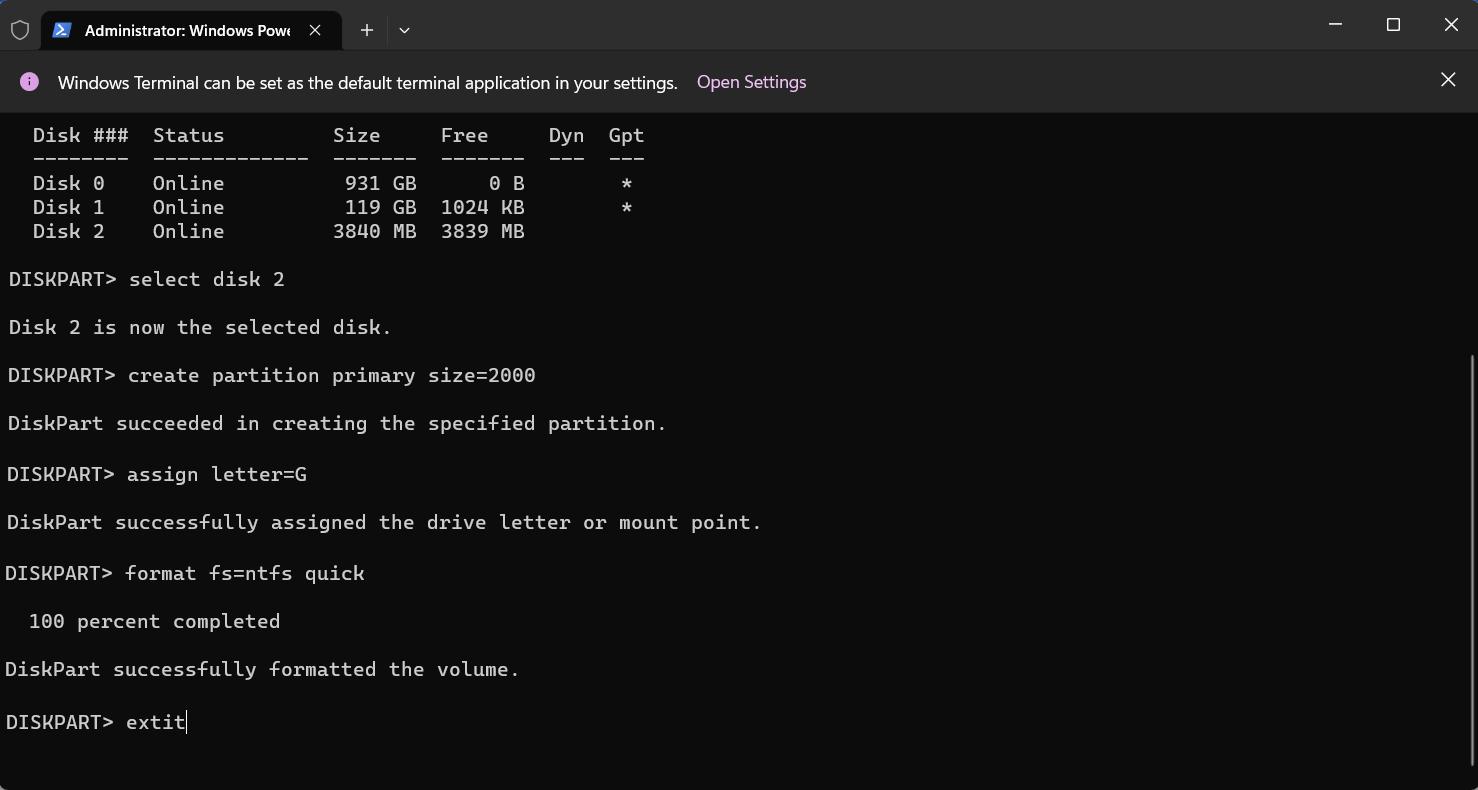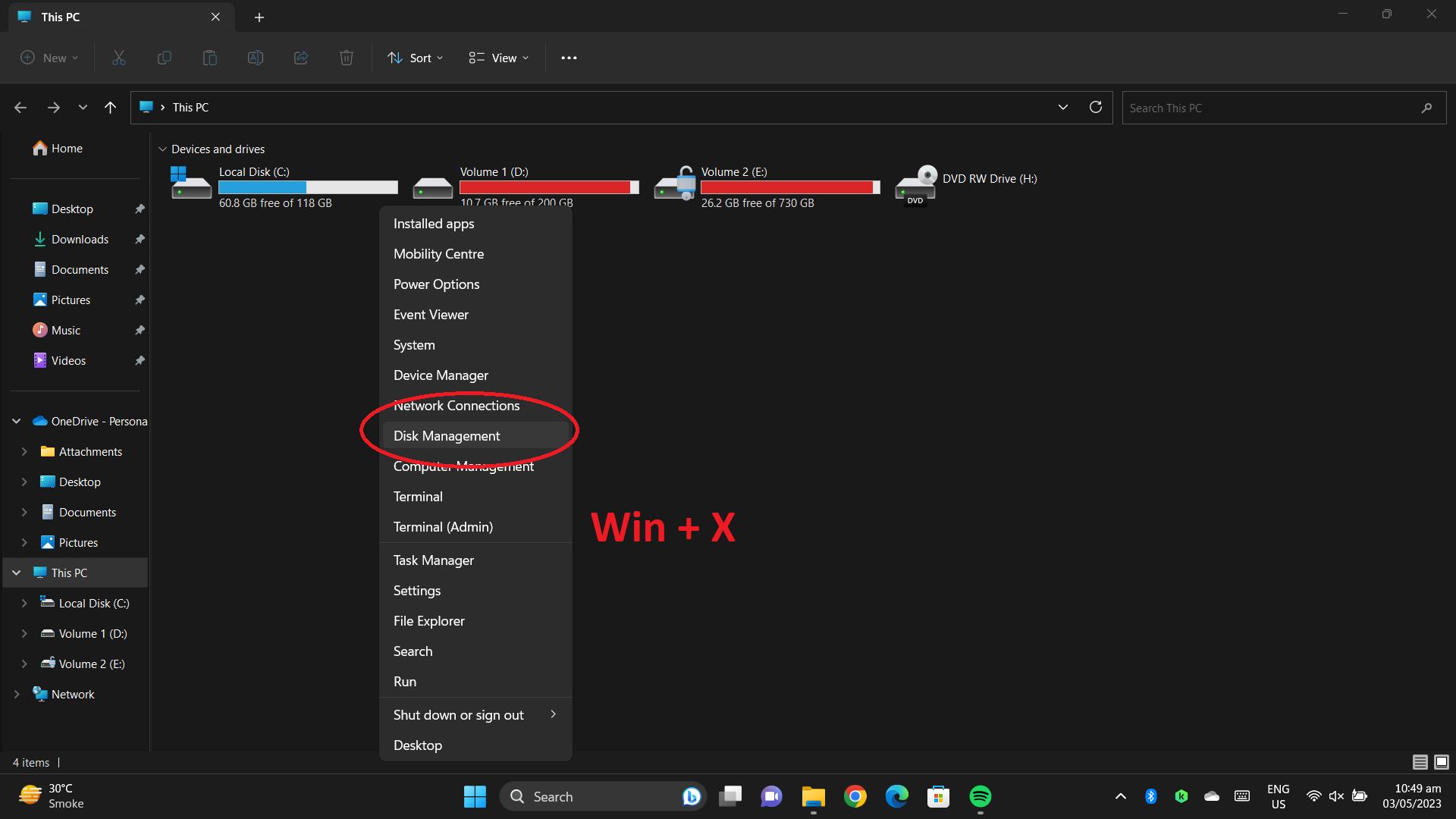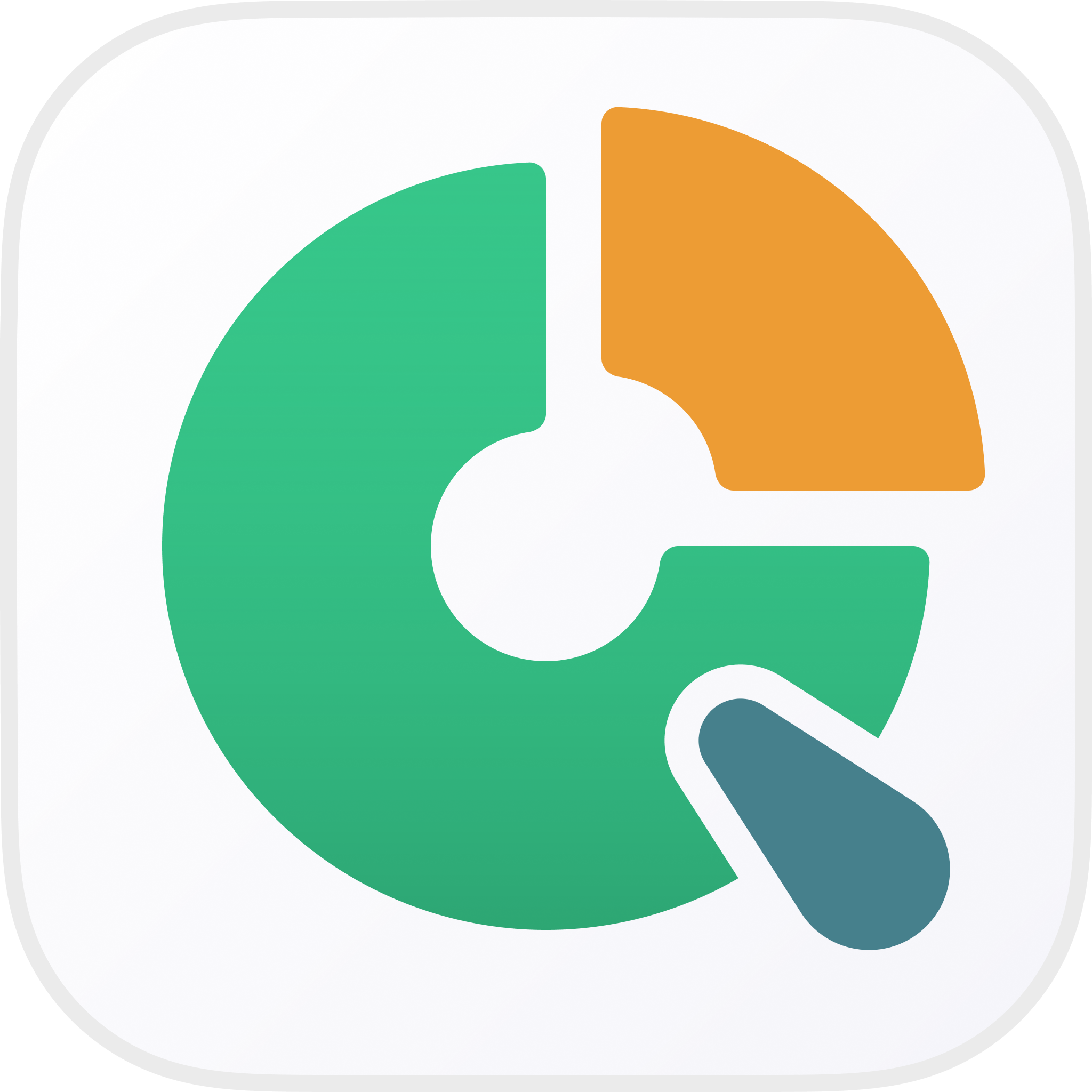Formatting a storage device is a common task for many computer users, whether it's a USB drive, an SD card, or an external hard drive. However, encountering the error message “Windows was unable to complete the format” can be frustrating and leave you puzzled about how to continue. Don’t worry! In this comprehensive guide, we will explore solutions to help you address this issue and successfully format your storage device. So, let's dive right in!
Part 1. Error: Windows Was Unable to Complete the Format
Part 2. Possible 8 Reasons Why Windows Was Unable to Complete the Format
Part 3. Troubleshooting: How to Fix Windows Was Unable to Complete the Format?
- Method 1: Use Free Partition Manager to Fix Windows Unable to Complete Format ErrorHot
- Method 2: Clear Virus and Complete the Format on Windows
- Method 3: Check and Fix Disk Errors that Prevent Windows from Completing the Format
- Method 4: Use Diskpart Command to Fix “Windows Was Unable to Format” Error
- Method 5: Use Disk Management to Remove “Windows Unable to Format” Error on RAW Device
- Method 6: Scan and Repair Bad Sectors that Prevents Windows from formatting a storage device
- Method 7: Remove the Device’s Write Protection and Complete the Format
- Method 8: Try Formatting on Another OS
Part 4. FAQs About Windows Unable to Complete the Format
Part 1. Error: Windows Was Unable to Complete the Format
Before delving into the solutions, let's take a moment to understand the possible causes behind “Windows was unable to complete the format” error. This error typically occurs when there are issues with the storage device, the file system, or the Windows operating system itself. It can also be triggered by various factors such as write protection, bad sectors, corrupted files, or incompatible file systems.
Situation 1: Windows Cannot Complete Format of USB.
Question from Reddit:
“I found an old USB drive that I haven't used in a while. When I tried to open it today, a message popped up saying, "You need to format the disk in drive F: before you can use it." I attempted to format it, but unfortunately, the format didn't succeed. The error message displayed was: “Windows was unable to complete the format”. Does anyone have any suggestions on what I can do in this situation?”
Situation 2: Windows Was Unable to Complete the Format of SD Card
Question from Reddit
“I've tried deleting the files on the card manually, but every time I reconnect the card, the files come back. I attempted a quick format to FAT32, but it didn't complete successfully. I also gave a shot at quick format to NTFS but faced the same problem. I tried formatting the card using the disk management tool and CMD Diskpart, but unfortunately, it didn't work. I even followed a YouTube video on Diskpart but creating a new primary partition after cleaning the disk failed. I also tried formatting the card using my Android 6.0 phone, but it didn't work either. Do you have any ideas on how I can fix this card?”
Situation 3: Windows Was Unable to Complete Format Hard Drive in RAW
Question from Reddit
“I have a Seagate external USB hard drive with a capacity of 1.5TB. It got corrupted after being improperly disconnected. I'm not concerned about the data on it my main goal is to reformat the drive. However, I encountered an issue where Windows cannot complete the format using the format tool. Can anyone suggest a solution for fixing this problem?”
Part 2. Possible 8 Reasons Why Windows Was Unable to Complete the Format
1. The Drive is Physically Damaged
Physical damage to a storage drive can lead to corruption. Impact, drops, electrical surges, or exposure to moisture can cause this issue. Damaged components, such as the circuit board or read/write heads, can disrupt data access. All of this can ultimately lead to the drive not being able to get formatted.
2. The Drive is Write Protected
If a drive is write-protected, formatting it becomes impossible. Write protection prevents any modifications to the drive, including formatting. This protection is typically enabled to safeguard against accidental data loss or to protect important system files.
3. The Drive Suffer from Virus or Malware Infection
If a drive suffers from a virus or malware infection, formatting it may not be possible. The malicious malware can corrupt the drive's file system, making it difficult to perform a successful format. In such cases, it's crucial to first remove the virus or malware using reliable antivirus software before attempting to format the drive.
4. The Drive Contains the File System Error
If a drive contains a file system error, formatting it may not be achievable. File system errors can occur due to improper shutdowns, disk errors, or software conflicts. These errors can interfere with the formatting process. Resolving the file system error through disk repair tools or command-line utilities is necessary before attempting to format the drive.
5. The Drive Doesn’t Have Contents (The Drive Is Empty)
If a drive doesn't have any contents or is empty, formatting it is not necessary. Formatting is typically performed to erase existing data and prepare the drive for storing new information. However, if the drive is already empty, there is no need to format it as there is no data to be removed.
6. The Drive is in Lack of Partitions
If a drive doesn't have any partitions, it may not be possible to format it using conventional methods. Formatting usually requires a partition to define the file system structure. In such cases, creating a partition on the drive using disk management tools is necessary before proceeding with the formatting process.
7. Presence of Bad Sectors on USB & SD Card
When a USB/SD card drive contains bad sectors, formatting it may not be successful. Bad sectors indicate physical damage or malfunctioning areas on the drive that affect data integrity. Formatting cannot repair or bypass bad sectors. In such cases, it is advisable to replace the drive to ensure reliable storage functionality.
8. Lack of Permissions
Formatting requires sufficient permissions to modify the drive's file system. To resolve this issue, ensure that you have the necessary administrative privileges or obtain the appropriate permissions to format the drive successfully.
Part 3. Troubleshooting: How to Fix Windows Was Unable to Complete the Format?
Method 1: Use Free Partition Manager to Fix Windows Unable to Complete Format Error
If Windows is unable to format the drive, you can use PassFab 4EasyPartition to do that. Here’s how to do it:
-
Start PassFab 4EasyPartition and select the entire drive you want to format and press “Format” at the top right.
-
Select the file system in the pop-up window then press “OK” to start.

-
“Execute 1 Task(s)” at the bottom-right to confirm changes and format your drive and click “OK” to perform action.

Method 2: Clear Virus and Complete the Format on Windows
Another method that you can try to fix the “Windows was unable to complete format” error is by scanning for viruses. Sometimes certain types of malware restrict the USB or Hard Drive from being formatted. Use a reputable antivirus and run a complete scan, then try to format the USB again.
Method 3: Check and Fix Disk Errors that Prevent Windows from Completing the Format
The “Windows was unable to complete the format” error can also be because of bad sectors or file system errors. You can check it using the built-in error-checking tool. Follow these steps:
-
step1: Open “File Explorer” and right-click on the drive and select “Properties”.

-
step2: In the Properties, go to “Tools” tab.

-
step3: In the “Error-checking” section, click on “Check” to start error-checking process.

Follow the instructions to allow Windows to scan and repair any errors on the storage device,Once it’s done, try to format the drive again.
Method 4: Use Diskpart Command to Fix “Windows Was Unable to Format” Error
You can also use diskpart to fix your drive if it doesn’t have any partitions. You can forcefully format the storage device using diskpart and bypass any errors that may have occurred during the standard formatting process. Here's how to do it:
-
Press the Windows key + X and click on “Command Prompt (Admin)”.

-
In the Command Prompt window, type “diskpart” and press Enter.

-
Type “list disk” and press Enter to view a list of available disks.

- Type “select disk [disk number]” (replace [disk number] with the actual disk number) and press Enter.

-
Type “clean” and press Enter to remove all partitions and volumes on the selected disk.

-
Once the cleaning process is complete, type “create partition primary” and press Enter.

-
Type “format fs=ntfs quick” to initiate the formatting process.

Identify the disk number corresponding to your storage device.
Formatting process may take some time depending on the size of your storage device.
Method 5: Use Disk Management to Remove “Windows Unable to Format” Error on RAW Device
You can also format your RAW hard drives using the Windows Disk Management Utility. Here’s how:
-
Open Disk Management by pressing Windows key + X and selecting “Disk Management”.

-
Right-click on the drive or USB you want to format and click “Format”.

Now select desired file system and hit okay.

Method 6: Remove the Device’s Write Protection and Complete the Format
One of the common reasons for “Windows was unable to complete the format” error is that the storage device might be write-protected. Write protection prevents any changes, including formatting, from being made to the device. To check if your storage device is write-protected, make sure the physical write-protected switch (if applicable) on the device is in the “unlocked” position. If there is no physical switch, follow these steps:
-
Connect the drive to your computer.
-
Open “File Explorer” and right-click on the drive and select “Properties”.

-
In the “Properties” window, go to the “General” tab.
-
If the “Read-only” attribute is checked, uncheck it and click “Apply”, then press “OK”.
Once you have disabled write protection, format the storage device again.
Method 7: Scan and Repair Bad Sectors that Prevents Windows from formatting a storage device
If you're encountering bad sectors on a storage device that prevent Windows from formatting it, you can try scanning and repairing those bad sectors to resolve the issue. Here's how:
step1:Press the Windows key + X and click on “Command Prompt (Admin)”.

step4: In the Command Prompt window, type “chkdsk [Drive Letter]: /f /r /x”

The scanning and repairing process may take a while. You'll see a progress percentage indicating the completion status. After the scanning and repairing process finishes, you can attempt to format the storage device using the Windows formatting tool.
Method 8: Try Formatting on Another OS
You can also try to format your USB or SD Card using another OS like MacOS or Linux, or even an Android phone. All you’ll need is a card reader/adapter.
Part 4. FAQs About Windows Unable to Complete the Format
Q1: How do I fix a hard drive that won't format?
If you're facing issues with formatting a hard drive, there are a few steps you can take to fix the problem. First, ensure that the drive is not write-protected. Scan the drive for any errors using disk repair tools. If the issue persists, you can try high-end methods from the article above.
Q2: How do you fix if SSD cannot format?
If you're unable to format an SSD, there are several troubleshooting steps you can take. Ensure that the SSD is not write-protected. Check for any firmware updates for the SSD. Scan the SSD for errors using disk repair tools. If the problem persists, follow the steps from the above article. If it still doesn’t work, contact the SSD manufacturer for further assistance or potentially replace the SSD.
Q3: How do I fix Windows was unable to complete the format SD card?
If you encounter the “Windows was unable to complete the format” error when formatting an SD card, there are a few potential solutions. First, ensure that the SD card is not write-protected. Try using a different card reader or USB port. If the issue persists, you can try formatting the SD card using alternative tools like disk management software or PassFab 4EasyPartition.
Q4: What to do when Windows 10 unable to format SD card?
When facing the issue of Windows 10 being unable to format an SD card, there are a few troubleshooting steps you can attempt. Ensure that the SD card is not write-protected. Try using a different card reader or USB port. You can also try formatting the SD card using PassFab 4EasyPartition.
Q5: How do I fix raw USB not formatting?
If you have a RAW USB drive that cannot be formatted, there are several steps you can take to resolve the issue. First, try using disk management tools to format the drive. If that doesn't work, you can use command prompt utilities like DiskPart to clean the drive and then attempt formatting. If the problem persists, the USB drive may be physically damaged and may require replacement.
Final Words
In this article, various methods are discussed to fix the “Windows was unable to complete the format” error. The post provides step-by-step instructions for troubleshooting the issue, such as using partition manager software, clearing viruses, checking, and fixing disk errors, using diskpart command, formatting through Disk Management, removing write protection, and scanning for bad sectors. For a Free, Reliable and Effective formatting software, PassFab 4EasyPartition is recommended to try. It allows you to easily format devices in your Windows PC.
